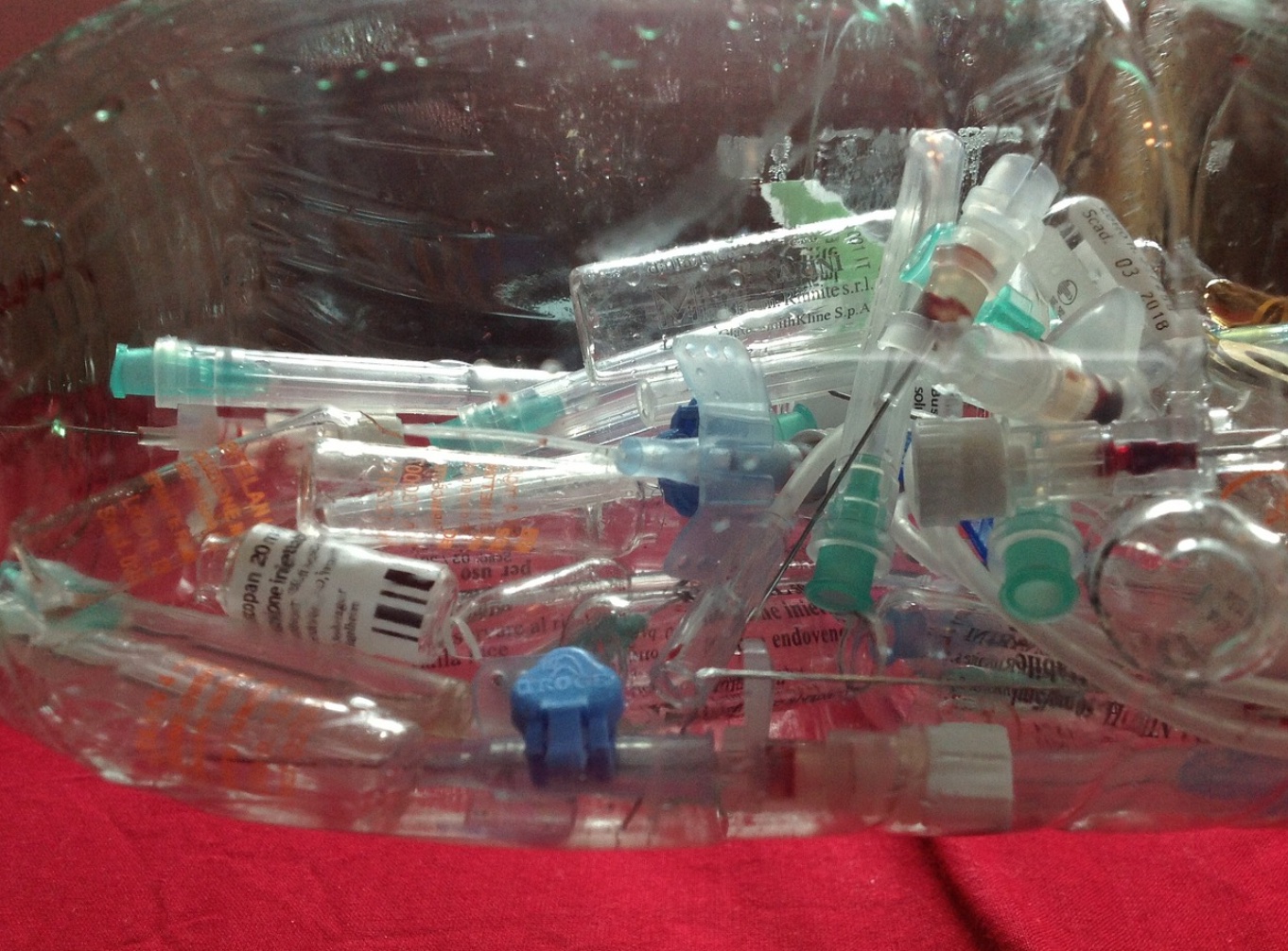Implementing an effective waste management system can be challenging, but it is not impossible.
One of the biggest challenges in modern healthcare is waste management. Healthcare facilities generate a significant amount of waste, 15% of which is considered hazardous and harmful to the environment and human health.
Because medical waste is toxic and harmful, it is subject to a complex framework of federal and state regulations. These regulations are designed to protect the planet, safeguard public health, and ensure compliance with legal standards.
However, with regulations constantly evolving in the face of the growing threat of climate change, it can be challenging to stay on top of compliance. This article will serve as a guide to help healthcare facilities and providers better understand current regulations and compliance and offer a few waste management best practices.
What is Regulated Medical Waste (RMW)?
Regulated medical waste (RMW) — or healthcare waste (HCW) — refers to materials generated by healthcare facilities that pose a risk of injury, illness, or infection due to contamination from bodily fluids, blood, or sharp objects, such as needles. This type of waste is also often referred to as infectious or biohazardous waste, and properly disposing of it is one of the most prominent challenges facing medical leaders today.
Federal and state regulations require RMW to be properly collected, handled, stored, segregated, labeled, packaged, transported, and disposed of to minimize the risk of endangering public health.
Types of Regulated Medical Waste
There are six primary types of regulated medical waste:
- Human blood and blood products – Human blood waste, human blood components, or products derived from blood, including plasma or other bodily fluids;
- Pathological waste – Human anatomical wastes, such as tissues, organs, or body parts;
- Isolation waste – Materials contaminated with excretions, blood, exudates, or secretions;
- Sharps – Contaminated needles, syringes, blades, pipettes, or broken glass;
- Cultures and stocks of infectious agents – Specimens from pathology labs, such as culture dishes or devices used for mixing, transferring, or inoculating;
- Contaminated animal parts and bedding – Animal parts and bedding or other materials exposed to pathogens in research and testing facilities.
Why is Medical Waste Compliance Important?
Severe consequences can occur when healthcare facilities fail to comply with medical waste regulations. Regulatory organizations such as the Environmental Protection Agency (EPA) mandate strict standards and guidelines for medical waste management and disposal. Failure to comply with these guidelines can result in penalties, fines, and legal action.

Compliance is also vital to mitigate health risks. RMW often contains harmful microorganisms, toxic drugs and chemicals, and sharp objects that pose significant health risks. Furthermore, improper disposal of medical waste can also release toxic pollutants and pathogens that are harmful to the environment.
Laws and Regulations Impacting Healthcare Waste Management
Various regulatory bodies and laws govern and regulate environmental laws in the healthcare industry, including:
- The Environmental Protection Agency (EPA) regulates the storage, handling, disposal, and transportation of hazardous waste.
- The Occupational Safety and Health Administration (OSHA) governs workplace health and safety hazards, such as those concerning medical waste management.
- The Resource Conservation and Recovery Act (RCRA) regulates the handling and disposal of hazardous waste, such as waste generated by medical facilities.
- The Toxic Substances Control Act (TSCA) regulates the manufacturing, use, and disposal of toxic substances like those used in medical practices.
- The Emergency Planning and Community Right-to-Know Act (EPCRA) requires facilities, such as those in the healthcare sector, to report when hazardous waste and substances have been released.
The U.S. Food and Drug Administration (FDA) also plays a role in healthcare compliance. The FDA is responsible for evaluating all major agency actions, including those of healthcare organizations, and it conducts meticulous inspections to determine the impact on the human environment. It can also step in to enforce adherence to federal regulations.
Waste Management Best Practices for Healthcare Facilities
Due to the dangerous nature of RMW, proper safety and health procedures in medical waste management that ensure compliance are critical.
Best practices for staying compliant include:
- Ensuring all healthcare staff members are aware of regulations and thoroughly educated and trained on safe handling and disposal;
- Properly labeling and segregating RMW according to laws and regulations, particularly taking care to distinguish between non-hazardous and hazardous waste to ensure safety when handling, transporting, and disposing;
- Using containers that meet regulatory standards such as sharps containers and biohazard bags, and ensuring they are properly sealed;
- Maintaining thorough and accurate records of all medical waste that is generated;
- Implementing a monitoring system that helps identify deficiencies in waste management practices and highlights areas for improvement.
Additionally, it is important to adopt a schedule that includes regular checks for changes or updates to federal, state, and local regulations. Resources can include government websites, industry news, professional associations, and the EPA and OSHA websites.
Conclusion
Implementing an effective waste management system can be challenging, but it is not impossible. Staying abreast of regulatory updates is vital, but it also requires collaboration between all departments and stakeholders in healthcare facilities. Every department and stakeholder must be involved to ensure adequate investment in necessary upgrades and to ensure everyone is actively participating and following guidelines.
As climate change becomes an increasing threat and regulations evolve, healthcare facilities must be proactive, flexible, and vigilant in their efforts to adopt an effective waste management system. Embracing a culture of continuous improvement and compliance can help facilities more easily adapt and navigate the complex landscape of medical waste regulations.


Join the conversation!